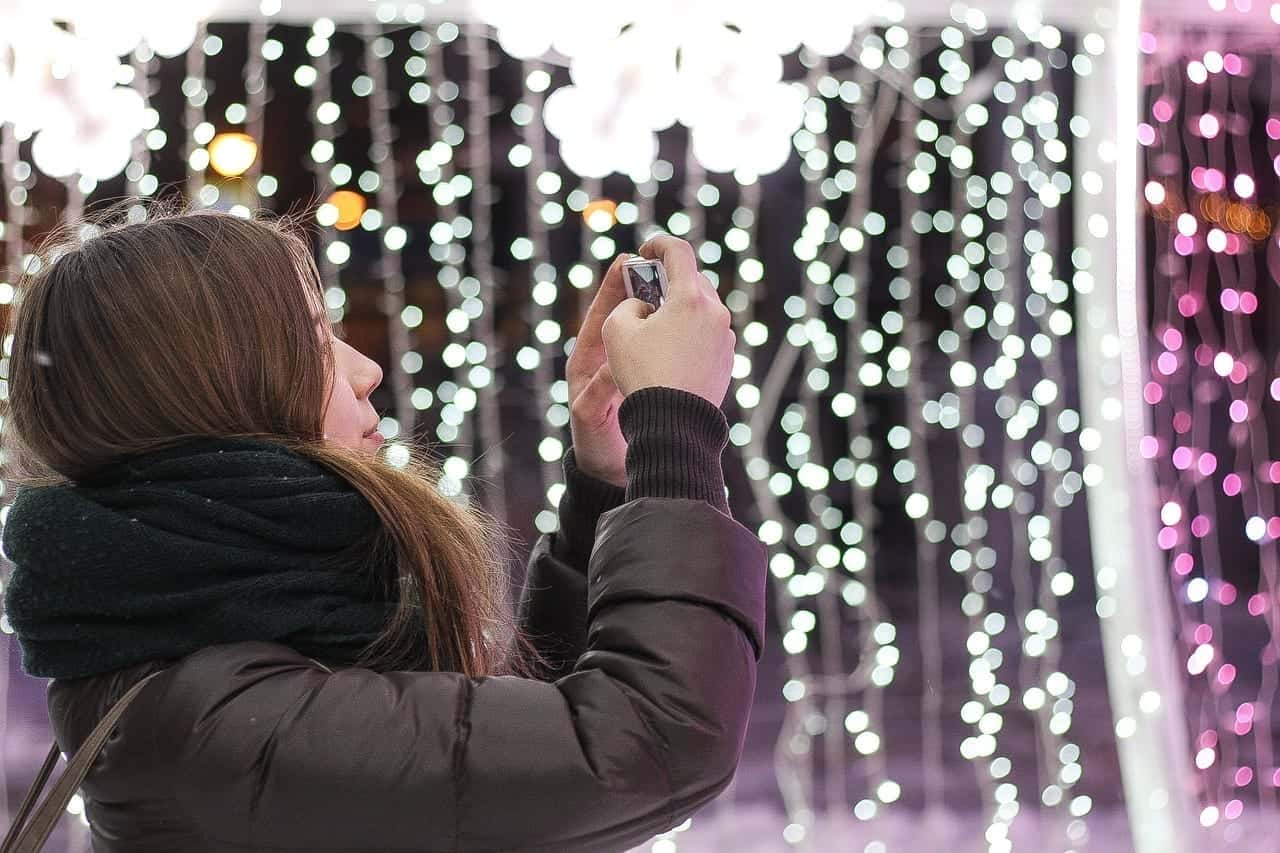When you’re scrolling through Instagram, how often do you see someone posed with an event sign or standing in front of a picture-worthy branded prop? Examples of experiential marketing are everywhere. It’s an increasingly popular way for companies to reach consumers and spread the word about their product or service.
What is Experiential Marketing?
Experiential marketing, also called engagement marketing, is an opportunity for people to engage with your brand. Think of it as brand immersion, or engagement on a sensory level. If you provide an experience with value, people will want to participate. We’re not just talking about giving them a gift so they’ll try your product. Value can take many forms. Let’s go back ten years for a better idea of what we mean.
This example of experiential marketing appealed to a sense of fun and curiosity. The Stockholm commuters weren’t just walking past a poster of a car but were instead presented with an idea related to Volkswagen through the Fun Theory campaign. They chose to actively engage with the brand in this setting by changing their behavior.
Connection and Engagement
The key to experiential marketing is participation. Do something that will compel people to engage, but also make it relevant. The engagement needs to make sense in relation to your company, your campaign, your target market, the venue, etc. Create an opportunity for people to experience your brand first-hand. Then make it easy for them to share their experience with photo-ready set-ups and custom hashtags.
The best experiences create a connection. Instead of interrupting your customers, meet them in a space they already occupy and give them a reason to interact. Find a way to relate to your customers and start a conversation.
https://www.youtube.com/watch?v=h1I_hFwzOYA
Something for Everyone
Experiential marketing is a chance to learn from your audience and how they interact with your brand. It’s an opportunity to increase brand visibility across various platforms, exposing products to new audiences. When people have a positive and memorable engagement, they’re likely to share that experience with others, often through social media or word-of-mouth.
We are constantly bombarded with ads and have become adept at ignoring the businesses trying to get our attention. Engagement marketing is a less crowded channel for reaching customers. Taking a novel approach can make your business memorable. And hey, it never hurts to give people a little incentive to stop and take part. This clever piece of cooperative marketing benefitted both Google and Zappos.
Direct Engagement Works
Here are a few simple stats on experiential marketing that may convince you to give it a go.
- 70% of visitors become regular customers after an experiential marketing event.
- 98% of consumers said participating in an experience made them more likely to make a purchase.
- 78% of consumers said viewing or sampling a product is a key decision factor when making a purchase.
Don’t Forget to Hit Record
The Fun Theory campaign from VW worked because it was made into a series of videos that were placed online. That’s when the whole idea became branded and linked to the auto maker’s eco-friendly cars.
To get the most out of experiential marketing, create custom hashtags, encourage people to post pictures, and above all—record the event! Engagement certainly connects with consumers in the moment, but that’s only part of a successful campaign. Show everyone else what you’re up to and let them participate either vicariously or online. Then post that video on your website and social media channels for maximum engagement.









